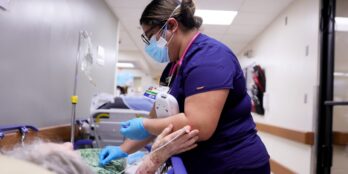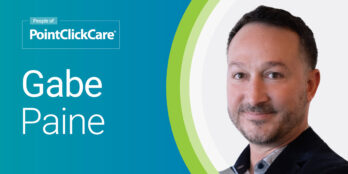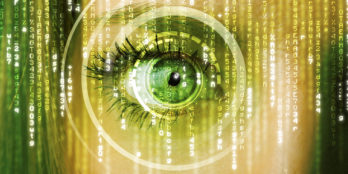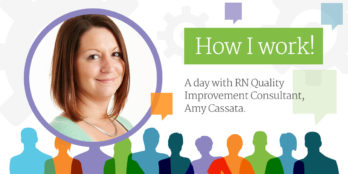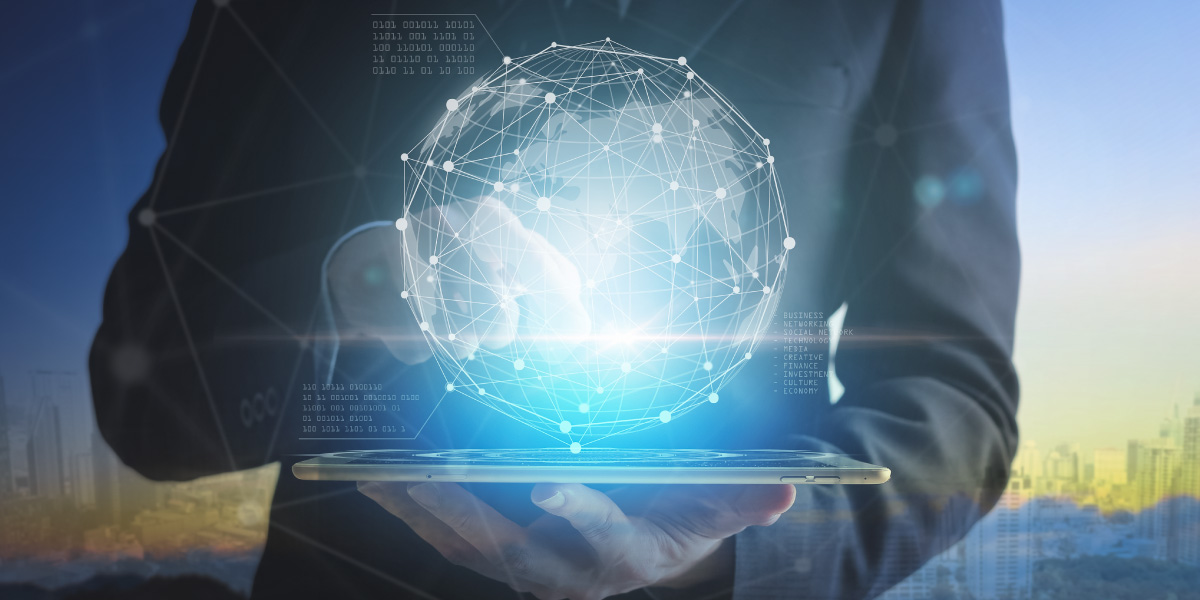
How Emerging Technologies Will Transform Healthcare: Industry Predictions for 2021
 5 min
5 min
Technology is shaping the future of healthcare. This year, it will be critical for healthcare providers to embrace emerging technologies and learn to work hands-on with more advanced technology solutions to achieve superior outcomes.
The COVID-19 pandemic put a spotlight on issues the healthcare industry continues to grapple with, such as staffing shortages and high turnover, as well as new hurdles to overcome like the need for reducing exposure to infection in care settings. When the unique abilities of humans and technology are effectively combined, some of the bigger challenges facing healthcare become surmountable.
Here are the top three technology areas where I see innovation evolving and impacting healthcare the most:
AI & Machine Learning
Machine Learning (ML) is a big part of what is commonly called AI, or artificial intelligence, but the goal is often something better described as augmented intelligence — technology to help people be more efficient or make better decisions. ML can be used to predict, classify, or to recommend actions. But it doesn’t replace human intelligence, rather it helps caregivers prioritize focus on those in their care, giving them space to do the things humans do best, by leveraging computers to do what they do best.
ML can be applied in the senior care industry to identify people who are at a higher risk for things like falls, pressure ulcers, infections, or mortality, whether to guide clinical interventions or end of life planning. In 2021, I expect to see the application of these technologies maturing toward eventually delivering actionable predictive insights in real-time, ultimately leading to improved outcomes for senior populations.
Internet of Things (IoT) & Sensors
Connected sensors and devices, or IoT, bring new kinds of data and enhanced data quality to the EHR platform. IoT solutions can automate real-time collection of vitals and activity data, boosting caregiver productivity by reducing documentation time while collecting data more consistently. IoT solutions can further support remote care and “hospital at home” models, reducing travel time while increasing caregiver and patient safety by reducing potential exposure to infection.
Combined with machine learning, IoT data will enable new kinds of actionable insights and support higher quality care in both skilled nursing and lower cost settings. In 2021, I expect to see more focus on the power of sensors and mobile devices including wearables to provide information such as location or pulse oximetry to help fight infection. The pandemic highlighted a need for minimizing contact with care, especially for aging populations, and as an industry, we’re seeing investment in home-based care models which benefit from remote health monitoring solutions. Whether it’s an informal caregiver receiving assurance that their parent is safe, or a care provider in a senior living facility monitoring temperatures remotely via a wearable or Bluetooth-connected thermometer, sensors will give care teams the opportunity to identify potential deterioration or unusual activity levels or patterns that warrant attention. I expect these types of use cases to become more mainstream over time.
Speech & Natural Language Processing
There are a number of very compelling use cases for speech and natural language processing technologies in a variety of care settings. These technologies span a range from speech recognition and the language bots behind smart assistants, to sentiment analysis, text-based analytics, and more. Family members, caregivers, patients living at home, residents in a facility, and especially clinical staff, will benefit enormously from software that understands speech and human language. The documentation process in healthcare can be arduous, but speech and language technologies can make the process much faster and more accurate in many cases. Inputting data, extracting value from clinical notes, or translating unstructured data into structured data to support advanced analytics are all great applications of these technologies. Speech capabilities with voice recognition, like Amazon Alexa, can save time and effort to make caregivers more productive and help seniors get needed information and assistance more independently. Speech is also a natural input method for certain kinds of diagnostic and predictive tools, for example detecting cognitive impairment.
In 2021, with the industry continuing to face staffing shortages and often high turnover, we can expect to see speech and language technologies leveraged more as providers look for ways to alleviate data input burdens on caregivers so they in turn can give their time and attention back to patients and residents. Whenever computers can be made to better understand us and help us, rather than making us do the work to understand them, our lives are better and I happen to be very optimistic about the improvements we are going to see in this regard in the coming year and beyond.
These advanced technologies have the potential to transform the way care is delivered while improving efficiency and lowering risk. It’s exciting to think about what technology will enable us to achieve as an industry and for that reason, I’m very hopeful for what’s to come in 2021.
February 12, 2021


